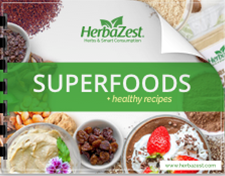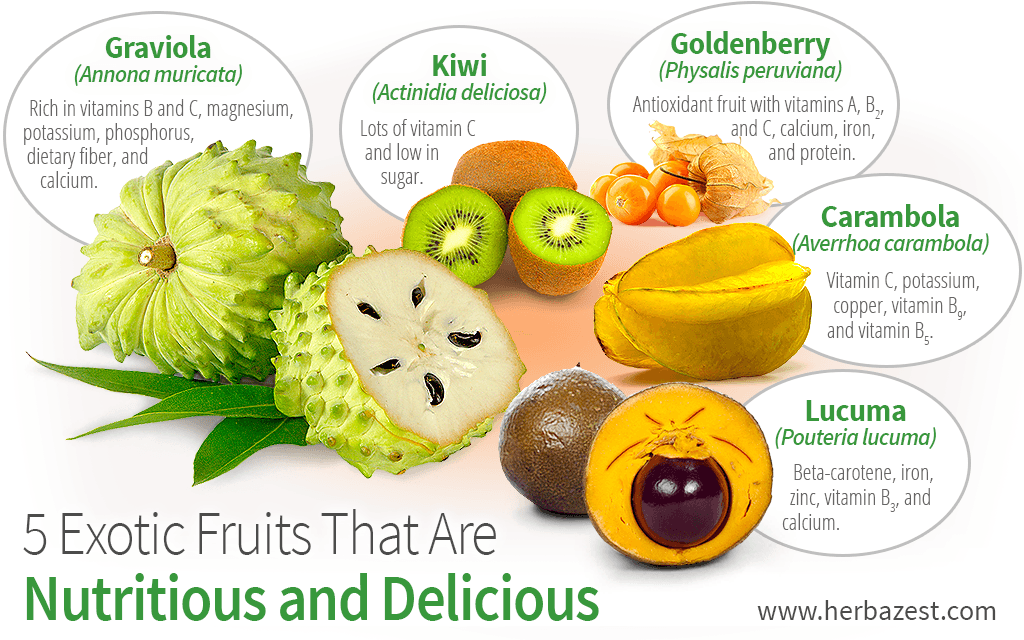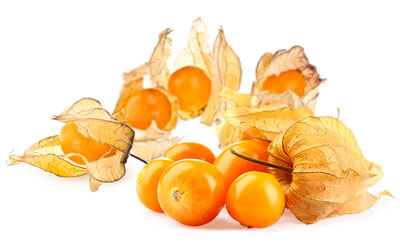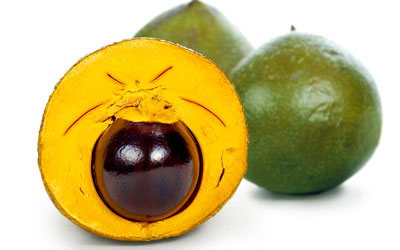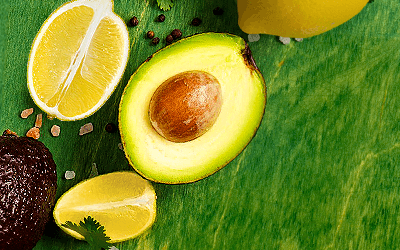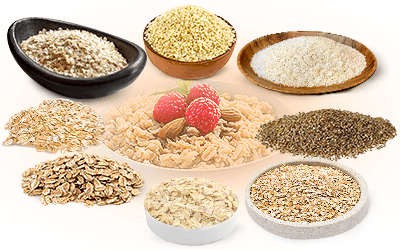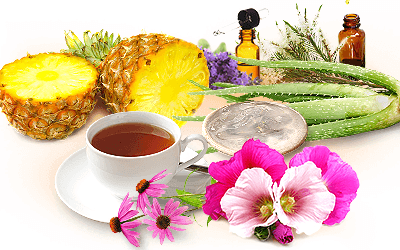Having a fair variety of fruits in a healthy diet is necessary. However, depending on where you live, the options can be limited by the season. Fortunately, the market for new fruits is constantly growing, and more exotic varieties are becoming available around the world. Learn how to make the most out of their nutritional properties and tasty flavor.
1. Lucuma (Pouteria lucuma)
Cultivated for centuries in the Andean valleys of Chile, Ecuador, and Peru, the lucuma has a particularly dry flesh - like a creamy paste - and a unique flavor of maple and sweet potato. It is a very nutritious, low-glycemic fruit that contains high levels of beta-carotene, iron, zinc, vitamin B3, and calcium. It's also a great source of plant-based protein, especially for vegans.1 Lucuma is typically consumed in smoothies and desserts. Try a delicious pure lucuma shake, some tasty lucuma pancakes, or a tropical lucuma pineapple smoothie.
2. Kiwi (Actinidia deliciosa)
Originally from northern China, the green and fleshy kiwifruit's interior is not very sugary and has a delicious flavor. It also offers a high dietary fiber content and is packed with vitamin C, outshining other typical fruits like lemon, orange, and bell pepper. Additionally, it is a great source of potassium, vitamin E, copper, and iron. High in nutrients and low in calories, kiwi is the perfect addition to a weight loss diet.2 It can be peeled and consumed raw in smoothies, salads, or as a topping on tarts. Enjoy this tasty fruit in a chia pudding with kiwi and banana or a tropical fruit parfait.
3. Carambola (Averrhoa carambola)
Originally from Southeast Asia, carambola, also known as star fruit, is full of powerful nutrients, like vitamin C, potassium, copper, vitamin B9 (folate), and vitamin B5, which is responsible for destroying free radicals in the body and hindering cell oxidation.3 This makes it an excellent anti-aging and weight loss diet food. Delicate and tasty, carambola can be eaten raw and unpeeled in salads and juices.
4. Goldenberry (Physalis peruviana)
Goldenberry has a great nutritional value. It contains tannins, polyphenols, and carotenoids, as well as vitamins A, B2, and C (ascorbic acid). It is also a rich source of calcium, iron, and protein. Its antioxidant properties can neutralize free radicals, while its melatonin content has been shown to lower stress levels.4 Eating raw goldenberries is very popular, especially in South America, because they have a pleasant and refreshing flavor. However, goldenberries are often cooked as part of a bigger meal - in desserts, pies, and jams, for example. Try this delicious and nutritious berry in a goldenberry amaranth flake granola, a whole wheat toast with goldenberry jam, or a morning goldenberry papaya parfait with granola.
5. Soursop (Annona muricata)
Originally from South and Central America, soursop, also known as graviola, has an immense nutritional value. Although it has a high carbohydrate content and no protein, soursop has been shown effective in lowering blood sugar levels, and contains large amounts of vitamins B1, B2, B3, B9 (folate), and C (ascorbic acid).5 It is also rich in magnesium, potassium, phosphorus, dietary fiber, and calcium. The soursop fruit is often eaten raw or incorporated into smoothies, ice cream, cheesecakes, and other desserts. Enjoy this delicious fruit in a soursop coconut peach smoothie.
As you can see, there's no need to travel to exotic destinations to have access to these delicious fruits. You are likely to find some of them at local markets or online. They can be mixed with other fruits in salads and smoothies to take full advantage of their many nutritional benefits.
Sources
- Fruits of Warm Climates, Carambola; Lucmo
- International Journal of Pharmacy and Pharmaceutical Sciences, Phytochemical and pharmacological properties of Annona muricata: a review, 2012
- Journal of Agricultural and Food Chemistry, Oil goldenberry (Physalis peruviana L.), 2003
- Kew Royal Botanic Gardens, Actinidia deliciosa (kiwi fruit)
Footnotes:
- Food Chemistry. (2016). Characterization of main primary and secondary metabolites and in vitro antioxidant and antihyperglycemic properties in the mesocarp of three biotypes of Pouteria lucuma. Retrieved November 4, 2021, from:https://pubmed.ncbi.nlm.nih.gov/26212989/
- Journal of Nutritional Science and Vitaminology. (2020). Beneficial Effects of Golden Kiwifruit Consumption in Overweight and Obese Young Adults. Retrieved November 4, 2021, from: https://pubmed.ncbi.nlm.nih.gov/33612624/
- Clinical Interventions in Aging. (2016). A preliminary study on the effects of star fruit consumption on antioxidant and lipid status in elderly Thai individuals. Retrieved November 4, 2021, from: https://www.ncbi.nlm.nih.gov/pmc/articles/PMC5012612/
- Biological and Pharmaceutical Bulletin. (2005). Antioxidant activities of Physalis peruviana. Retrieved November 4, 2021, from: https://pubmed.ncbi.nlm.nih.gov/15930727/
- PharmaNutrition. (2018). Anonna muricata L. (soursop) seed oil improves type 1 diabetes parameters in vivo and in vitro. Retrieved November 4, 2021, from:
https://www.sciencedirect.com/science/article/abs/pii/S2213434417300634
